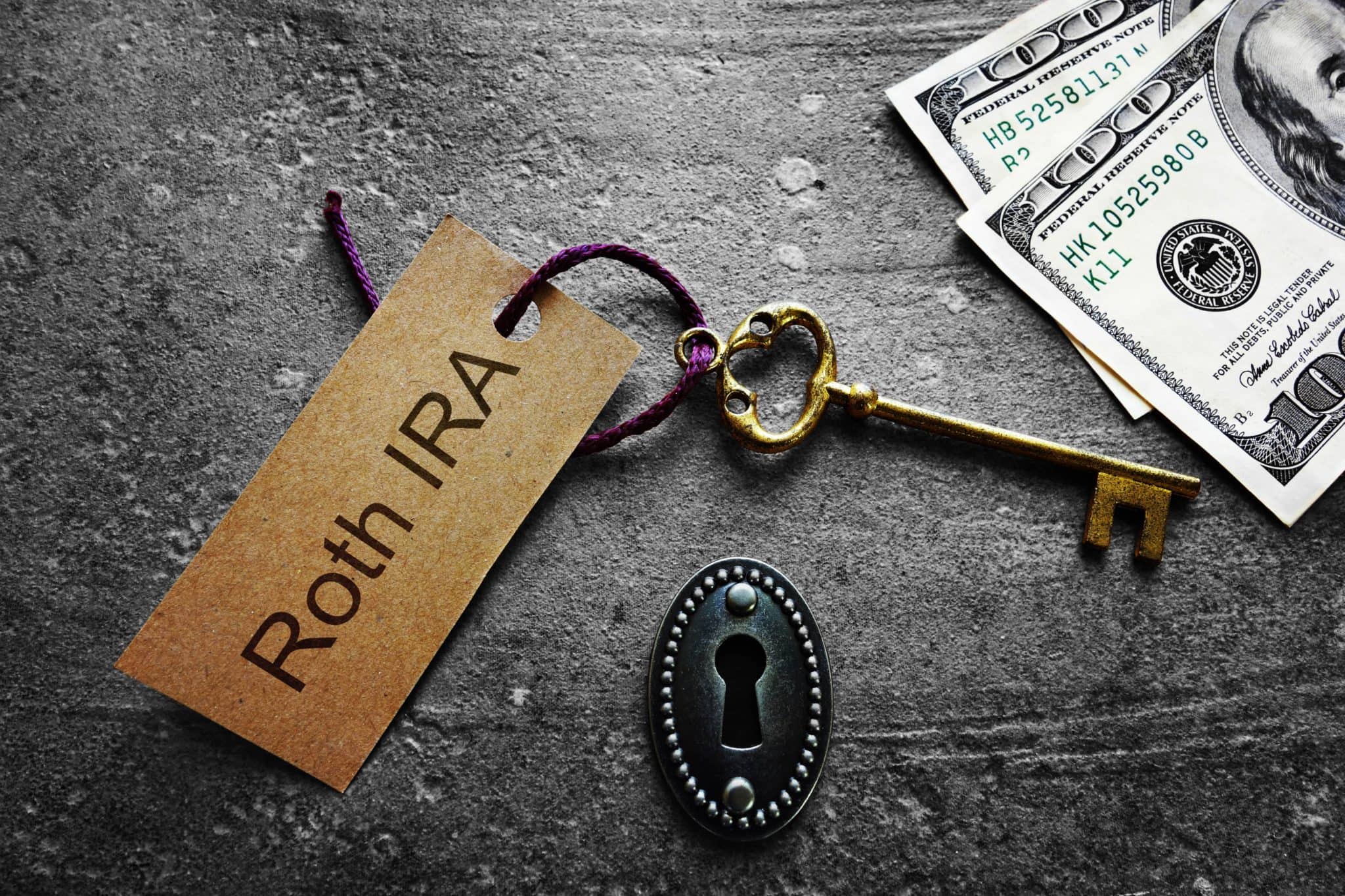The Roth IRA is an attractive savings vehicle, offering tax-free retirement income and other significant benefits. Unfortunately, income limitations prevent many people from contributing to these accounts. But even if you can’t contribute directly, there’s no limit on converting a traditional IRA into a Roth. This “backdoor Roth IRA” strategy allows anyone, regardless of income, to enjoy a Roth IRA’s benefits.
Although some lawmakers proposed closing the back door, the Tax Cuts and Jobs Act (TCJA) preserved this option.
Would you benefit?
Before considering a backdoor Roth IRA, first determine whether a Roth is right for you. The main difference between traditional and Roth IRAs is the timing of income taxes. Traditional IRA contributions are deductible — that is, they’re made with pretax dollars — while withdrawals of both contributions and investment earnings are taxable. In addition, withdrawals of contributions or earnings before age 59½ are subject to a 10% penalty.
Roth IRAs work in the opposite way: Contributions are taxed up front (they’re nondeductible), but qualified withdrawals of contributions and earnings are tax- and penalty-free. Generally, you can withdraw direct contributions anytime and backdoor contributions after a five-year waiting period. To avoid taxes and penalties on withdrawn earnings, however, you must be at least age 59½ and the Roth IRA must be at least five years old.
From a tax perspective, a Roth IRA makes sense if you expect your tax rate to be higher in retirement: You’re better off paying the tax upfront, when your rate is lower. If you expect your tax rate to be lower in retirement, a traditional IRA may be preferable.
Roth IRAs may also be advantageous if you want to allow the funds to continue growing tax-free, or continue making contributions, beyond age 70½. With a traditional IRA, you must stop making contributions and begin taking required minimum distributions when you reach that age. A Roth IRA is particularly valuable if you wish to leave the account to your heirs income-tax-free.
What are the contribution and income limits?
Currently, the maximum contribution to a traditional or Roth IRA is $6,000; $7,000 if you’re 50 or older. Roth IRA contributions are phased out when your modified adjusted gross income (MAGI) reaches a certain threshold. This year, contributions for single filers are gradually reduced when MAGI tops $122,000 and eliminated altogether when it reaches $137,000. For joint filers and qualifying widows or widowers, the phaseout range is $193,000 to $203,000.
There are also income limits on the deductibility of traditional IRA contributions if you or your spouse is covered by an employer-sponsored retirement plan. But you can still make nondeductible contributions up to the amounts specified above.
How does a backdoor Roth work?
The backdoor technique works best if you don’t have an existing traditional IRA and you’re ineligible for deductible contributions. To make a backdoor contribution, you simply make a nondeductible contribution to a new traditional IRA and then convert it to a Roth IRA. Because your contribution is nondeductible, the conversion won’t be taxable except to the extent there are any earnings in the account before you convert. If you convert quickly, the tax consequences of a backdoor contribution are virtually the same as a direct contribution.
If you have a traditional IRA with substantial pretax funds, the backdoor technique will come at a tax cost. That’s because of the so-called “aggregation” rule. When you withdraw or convert funds from a traditional IRA, this rule treats all of your traditional IRAs as one big account and allocates the funds among those accounts on a pro-rata basis. (See “Aggregation rule in action.”)
You may be better off converting the entire account balance into a Roth IRA. Although you’ll owe tax on all pretax funds in the account in the year of conversion, you’ll enjoy the benefits of a Roth IRA from that point forward. Plus, you’ll no longer have a traditional IRA, so you’ll be able to make tax-free backdoor contributions in future years.
Should you convert?
Now may be an ideal time to convert a traditional IRA into a Roth, since the TCJA reduced individual income tax rates through 2025. But beware: Depending on the size of your IRA and your other income, converting the account all at once could push you into a higher tax bracket. You may be better off converting the account gradually over several years. Contact us before taking any action.
Aggregation rule in action
Suppose you have an existing traditional IRA with a $24,000 balance, consisting entirely of deductible contributions and earnings, and you wish to make a backdoor contribution to a Roth IRA this year. To accomplish this, you make a $6,000 nondeductible contribution to a new traditional IRA and immediately convert it into a Roth IRA.
Under the aggregation rule, the conversion is treated as if the funds were withdrawn from all of your traditional IRAs on a pro-rata basis. In this case, you have $24,000 of pretax dollars in the existing IRA and $6,000 of after-tax dollars in the new IRA. In other words, 80% of your aggregate balance ($24,000/$30,000) is pretax.
The result? When you do the conversion, 80% of the converted amount ($4,800) is taxed as ordinary income.
© 2019


